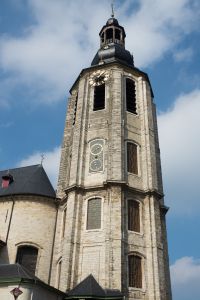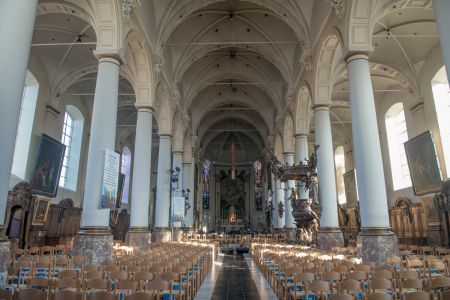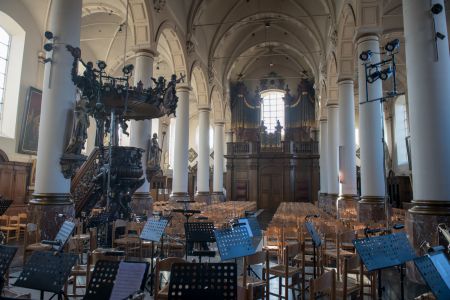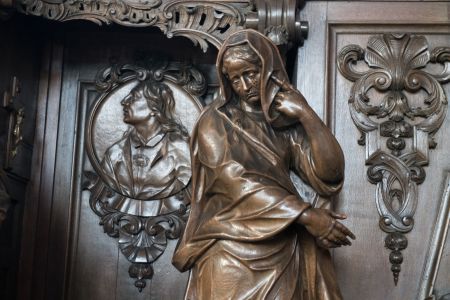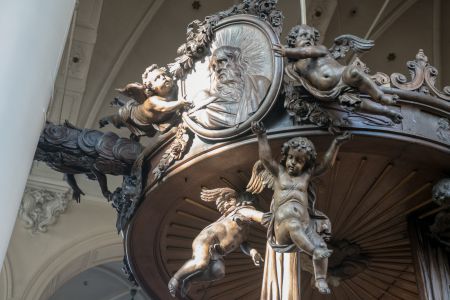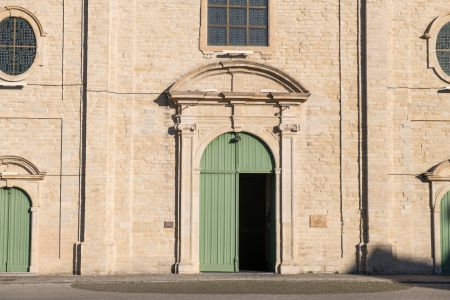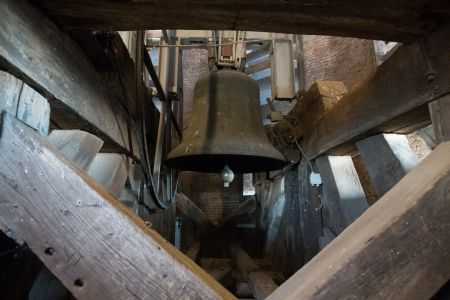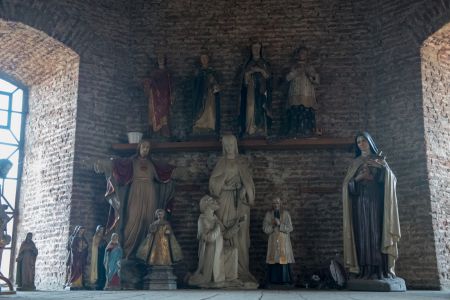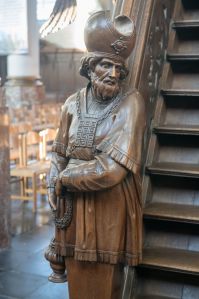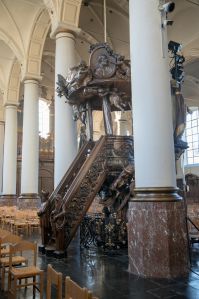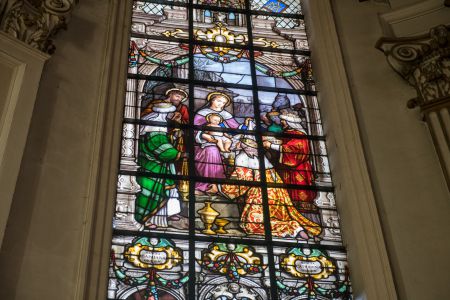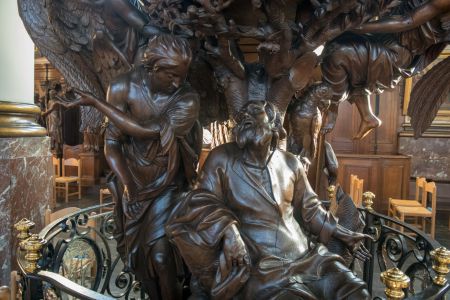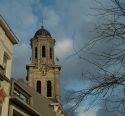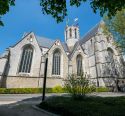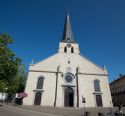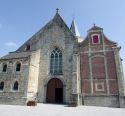Church | 1700 | Baroque | Catholic Church


Map
Opening hours
01 January - 31 December
Mon 9.00 - 12.00 • 14.00 - 17.00
Tue 9.00 - 12.00
Wed 9.00 - 12.00 • 14.00 - 17.00
Thu 9.00 - 12.00 • 14.00 - 17.00
Fri 9.00 - 12.00 • 14.00 - 17.00
Sat -
Sun -
Guided tour
Religious offices
Description
Zele was founded by Saint-Ludgerus in ca. 800, the same period that Charlemagne donated ground to his abbey. It is believed that the first gothic sand-lime brick church, built with stones from Gobertange, was erected before 1141. In 1452 it was set on fire and thus partially destroyed. The church burned again in 1485 and was almost completely destroyed in 1700.
The present baroque church was built in 1699-1704. Elements of the original gothic church were incorporated in the baroque building which is built in ochre colored Ledic sand-lime brick. Since then several rebuilding’s and structural alterations happened. The last alternation (1978- 1982) was the restoration of the impressive octagonal tower.
The western façade is a baroque bell-shaped gable. The upper part is crowned with a cross and displays the year of building, MDCC (1700), in gilded copper lettering.
The farmers of the quarter Veldeken transported the building material for the church for free with their horses and carriages. They demanded an extra portal on the side of the church to avoid using the same entrance as used for burials, for it was considered as bad luck.
Outside the church, near the tower, stands a polychromic Calvary with wooden statues from 1729-1730. The mural shows a view on the city of Jerusalem. Four grave monuments sit against the tower.
Twelve columns inside the church symbolize the twelve disciples. The octagonal gothic baptismal font made out of bluestone originates from the Gothic church. The Golgotha painting originates from the former high altar. It was painted in 1608 by Gaspar De Craeyer.
During the construction of roads and gas pipes, workers stumbled upon the remains of buildings from different historical periods, some of them remnants of the Gallo-Roman time. No wonder the new road was called Keltenlaan, Kelten Avenue. The municipality is very proud of this newly discovered history and it likes to draw attention to their ancient roots.
In the Deckerstraat, a protected rural area with among other things the houses of late prime minister Pieter De Decker and minister Edmond Rubbens, stands a statue of the Holy Ludgerus in front of the listed deanery.
KIKIRPA : Photo-library online



